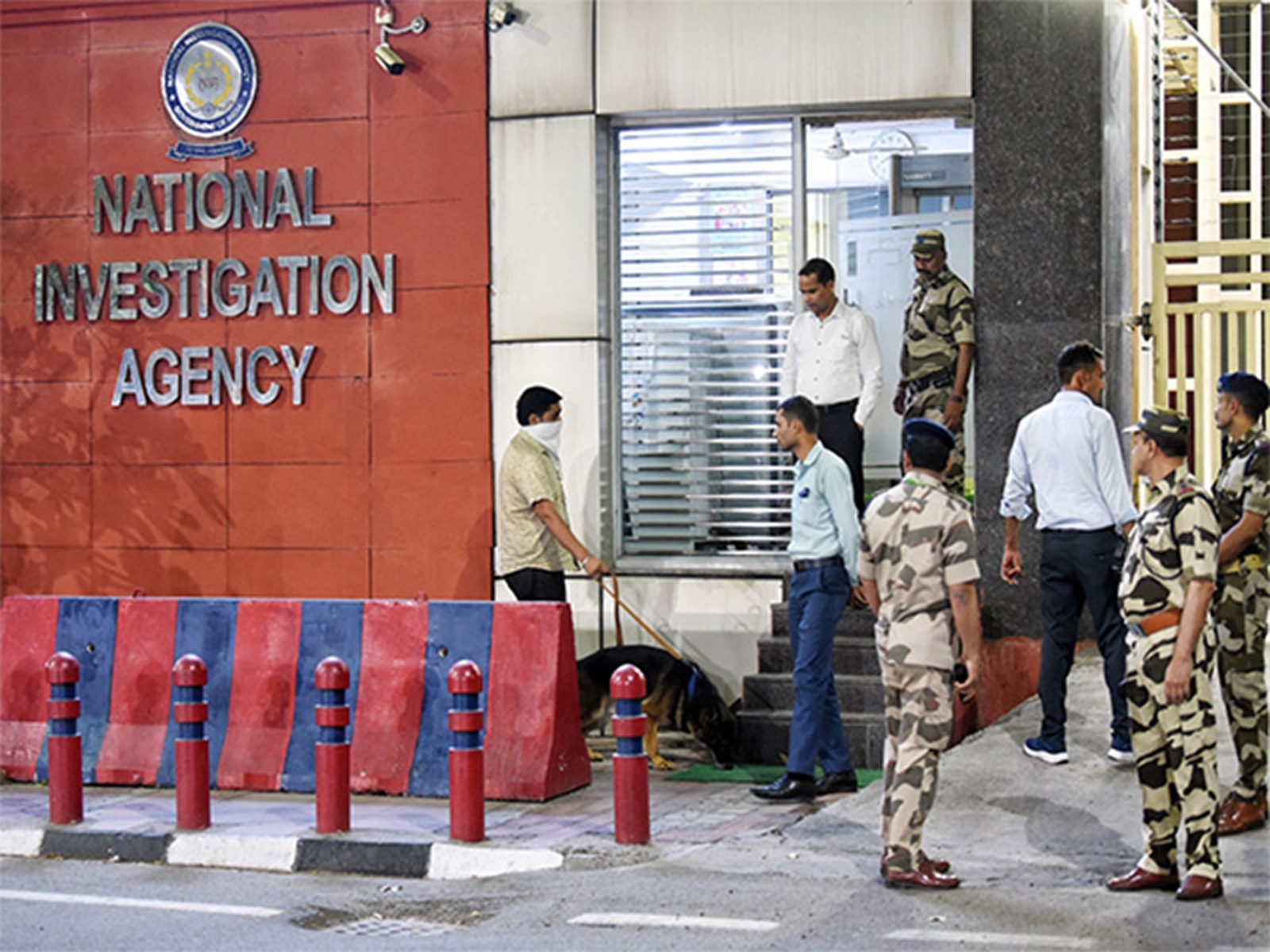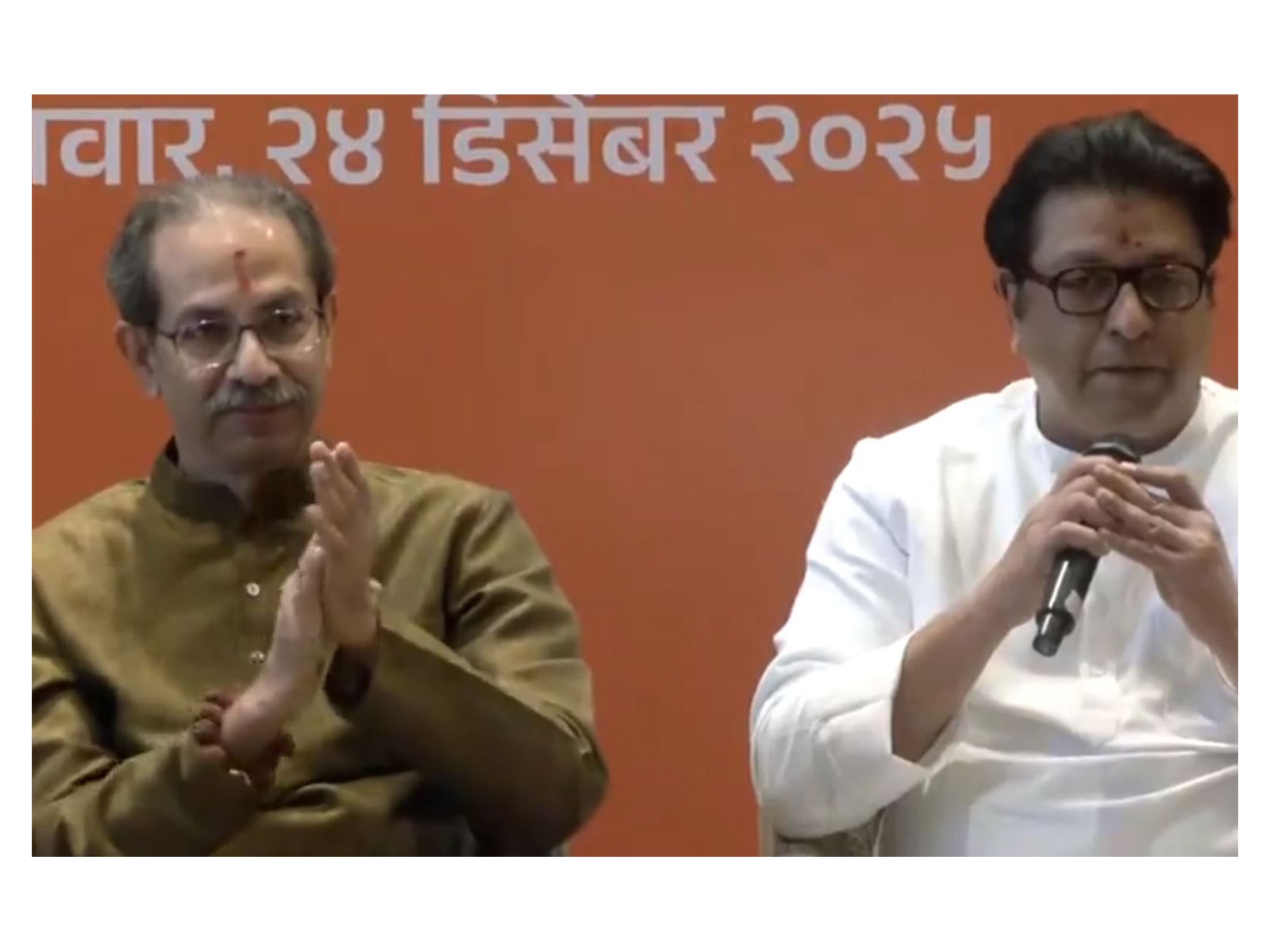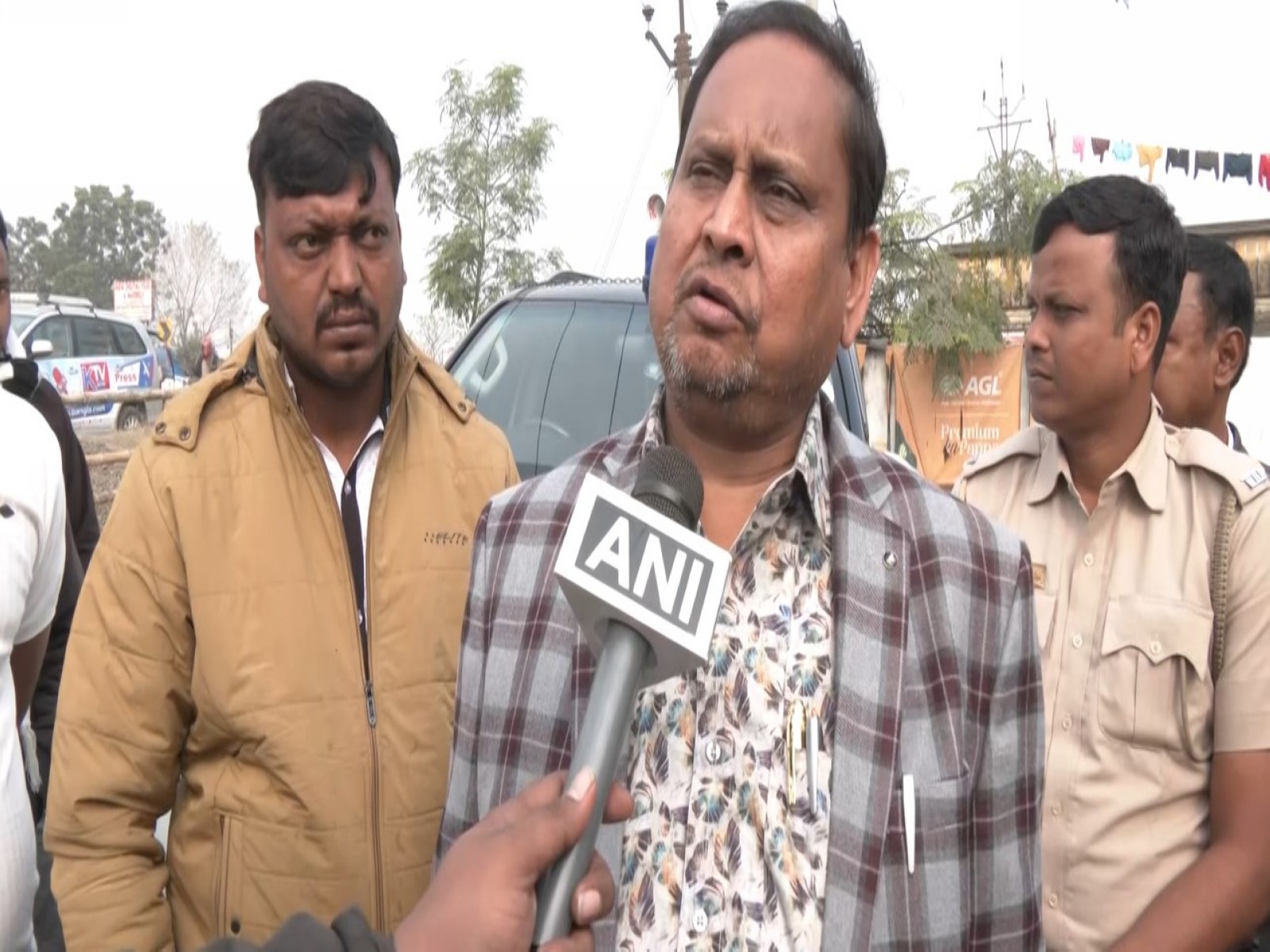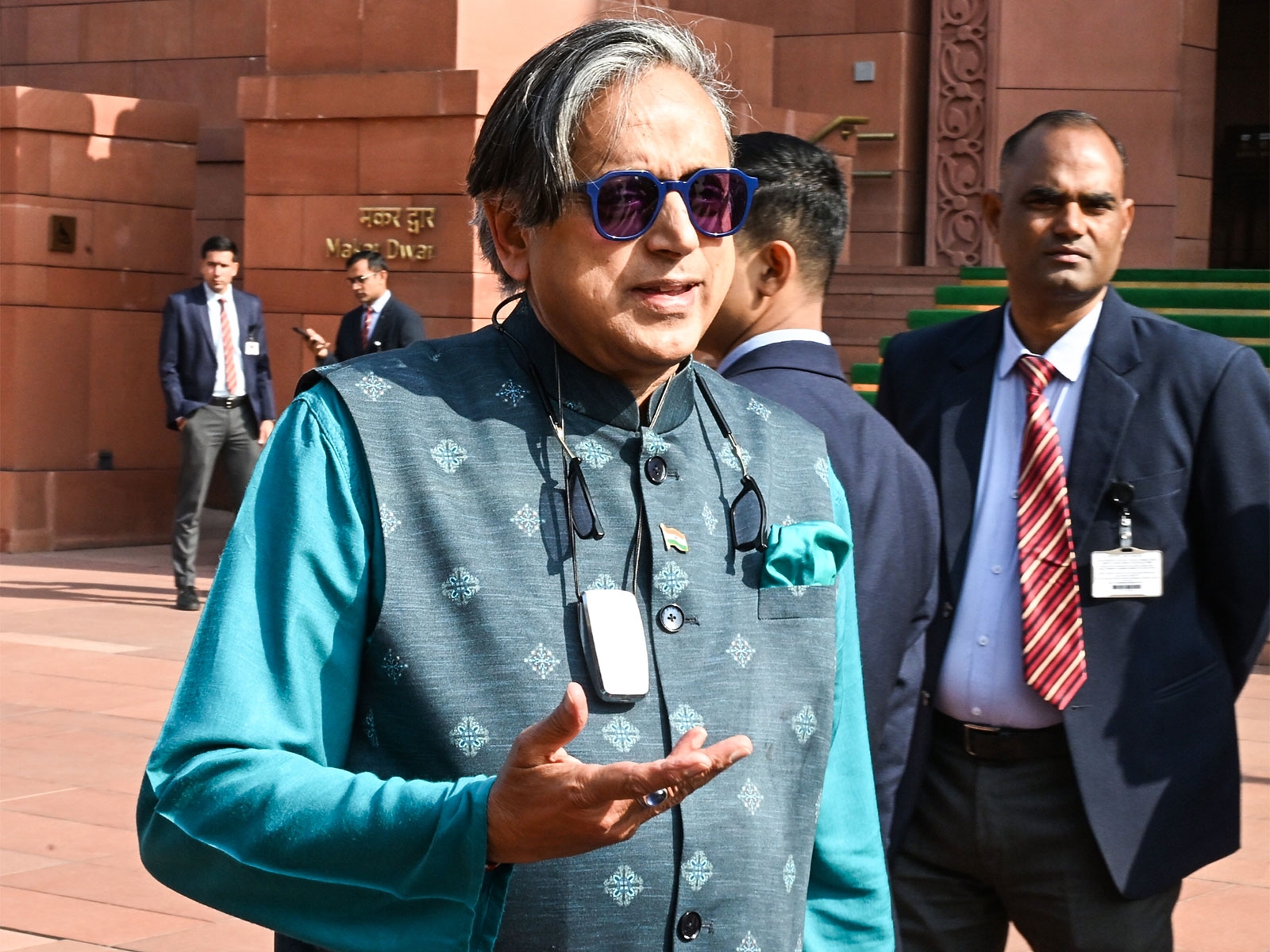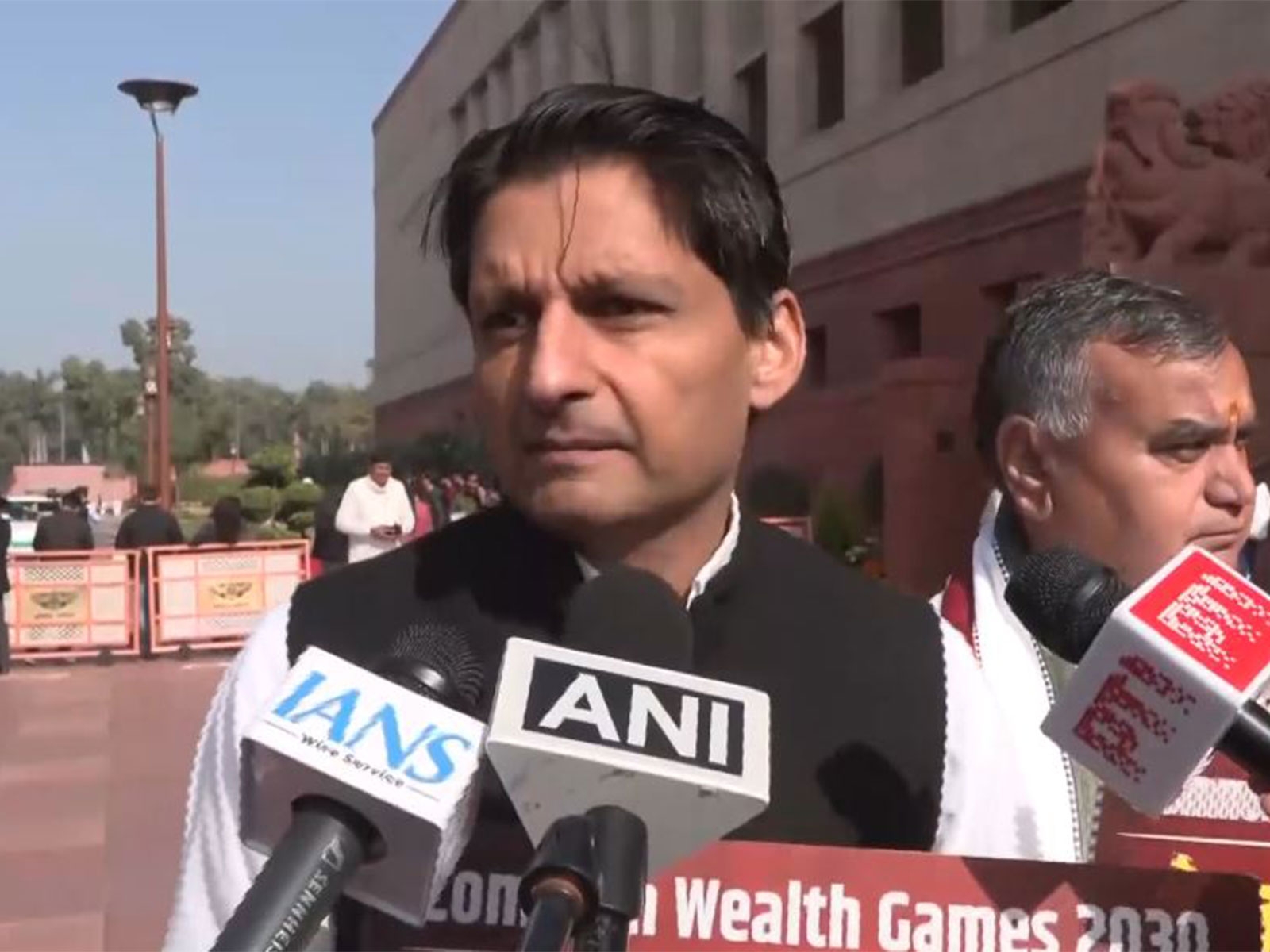
Top-down versus bottom-up. The world of policymaking is divided along this binary, with the former denoting a government and bureaucracy-driven approach, and the latter a process that puts people and ground realities first.
The Environment Ministry has taken top-down policymaking one notch ahead. To understand whether there are forests on the Aravalli hills, the Minister for Environment, Forests and Climate Change, Prakash Javadekar, viewed them from a few thousand feet above - in a helicopter - to take a final call. This happened today.
Haryana Chief Minister ML Khattar recently did the same over Mangar Bani - another scrub forest within the Aravallis.
The confusion over whether to notify Aravallis as forests or not comes from the fact that these are largely scrub forests, where the tree canopy cover is less than 10%. The minister's visit is an exercise to ensure that these forests do not escape the government's upcoming classification of forests. Sure, it's a largely symbolic visit, but it was arguably quite unnecessary.
But what role does aerial viewing have? It can be used to supplement satellite imagery, which is the primary source for identifying forests.
The Food and Agriculture Organisation (FAO) has detailed 'guidelines for defining forest resources'.
According to these guidelines, aerial photography at specified scales (1:20,000 or 1:25,000) is useful when determining different forest types in a particular area.
That the Aravalli hills near Delhi have a lot of forest cover is not new. As part of a study on the environment problems in the Aravalli hills, the Central Pollution Control Board - a body under the environment ministry - had used IRS1D satellite images taken in April 2001, identifying 44.97 sq km of dense forest, 105.29 sq km of open forest and 79.61 sq km of scrub in just Gurgaon district.
Several other remote sensing satellites have been put in space by India. If aerial imagery is the solution to the Aravallis' forest problems, why not use these?
The only useful part of the minister's trip was not what he saw from the chopper windows but where he landed - Firozepur Jhirka in Mewat district, where he met Haryana forest department officials to better understand the issue.
A minister is not an expert. A minister is a public representative. Javadekar could have well used his day to travel along the Aravalli, viewing the scrub forests and the wild animals in them from the ground. There, he could have noticed the devastation caused by mining of minor minerals like granite, and encroachment, meeting the several civil society activists and villagers who have campaigned for the forests.
Not to forget, the severe deforestation, also identified by the CPCB, had as an important issue. (Now, if there has already been loss of vegetation, then how will an aerial survey help?)
Firozepur Jhirka is just a two-and-a-half hour drive from the capital. It would have been better if the nation's forests minister had arrived there from the road, which passes some of the Aravalli forests. His helicopter ride was a waste of public resources.
The views expressed here are personal and do not necessarily reflect those of the organisation.
Edited by Shreyas Sharma
More in Catch
Environment ministry disowns draft forest policy uploaded last week
Forest fight: Fadnavis' toilets versus minister's mangroves
World Environment Day: These 5 facts on India's environmental state will shock you
First published: 27 June 2016, 6:28 IST



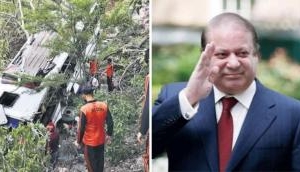


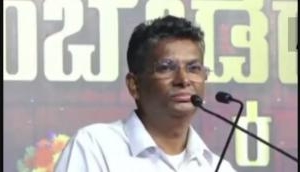
![BJP's Kapil Mishra recreates Shankar Mahadevan’s ‘Breathless’ song to highlight Delhi pollution [WATCH] BJP's Kapil Mishra recreates Shankar Mahadevan’s ‘Breathless’ song to highlight Delhi pollution [WATCH]](https://images.catchnews.com/upload/2022/11/03/kapil-mishra_240884_300x172.png)

![Anupam Kher shares pictures of his toned body on 67th birthday [MUST SEE] Anupam Kher shares pictures of his toned body on 67th birthday [MUST SEE]](https://images.catchnews.com/upload/2022/03/07/Anupam_kher_231145_300x172.jpg)


